Digital Classroom
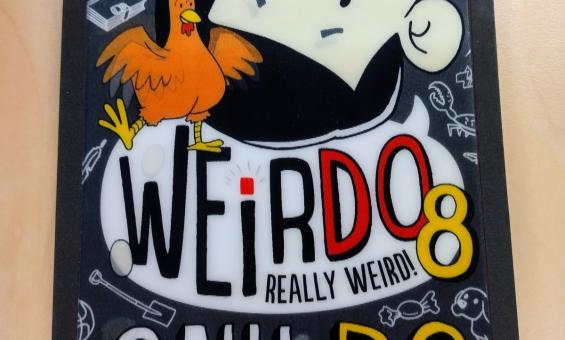
Anh Do and Jules Faber, WeirDo, 2017, nla.gov.au/nla.cat-vn7289358
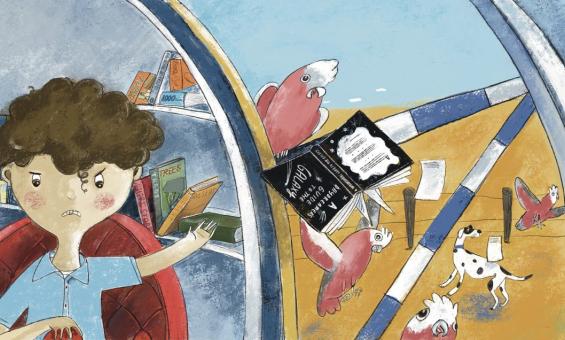
Emma Allen and Lisa Coutts, The Great Book-Swapping Machine, 2021, nla.gov.au/nla.cat-vn8630184
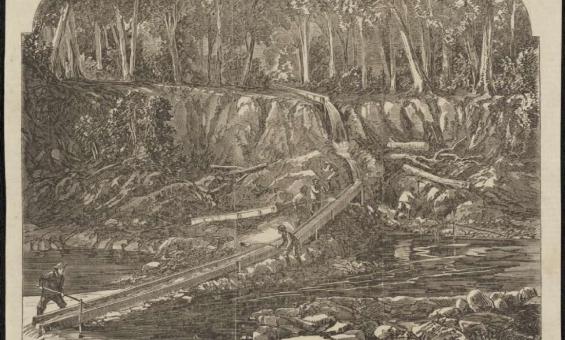
Nicholas Chevalier and Frederick Grosse, Chinese people ground-sluicing, near Beechworth, Victoria, 1867, nla.gov.au/nla.obj-135653408
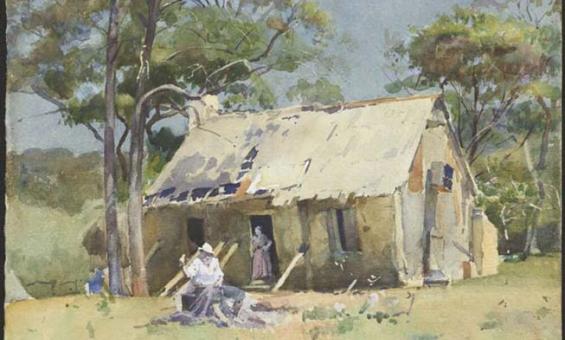
Atkinson, Robert, 1863-1896. (1889). Sheedy's Castle, Balmoral Beach [picture] / Robt. Atkinson. nla.gov.au/nla.obj-135211215
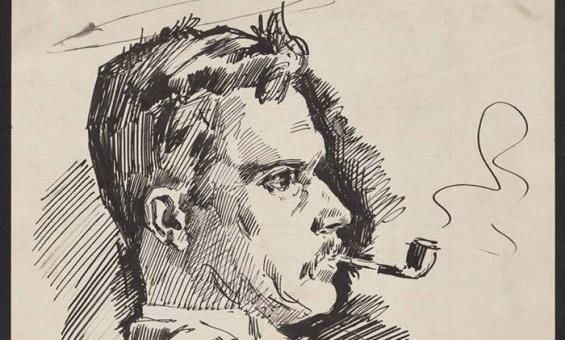
Frank Mahony, [Self-portrait] [picture] / F.P.M., 1900, nla.gov.au/nla.obj-136050024
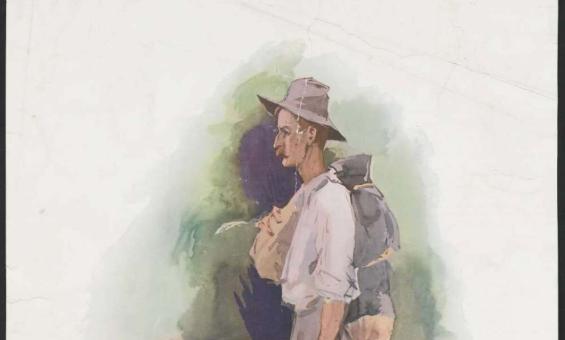
Mahony, Frank, 1862-1916. (1896). Henry Lawson in 1896 [picture] / F.P. Mahony. nla.gov.au/nla.obj-136254778

Atkinson, Robert, 1863-1896. (1889). Sheedy's Castle, Balmoral Beach [picture] / Robt. Atkinson. nla.gov.au/nla.obj-135211215
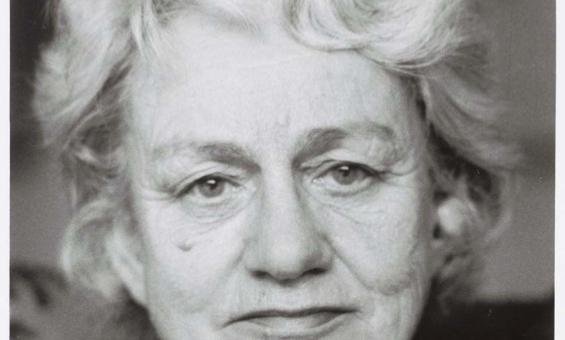
Jacqueline Mitelman, Portrait of Judith Wright, nla.gov.au/nla.obj-136372491
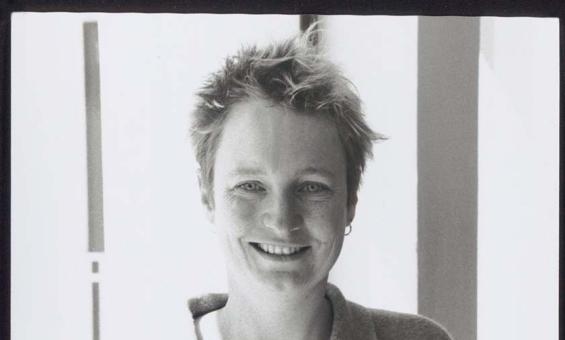
Virginia Wallace-Crabbe, Portrait of Judy Horacek, cartoonist, 1997, nla.gov.au/nla.obj-136400722
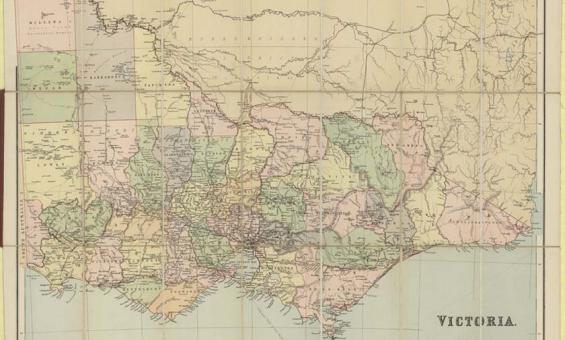
George Philip & Son, Victoria, 1885, nla.gov.au/nla.obj-232528783
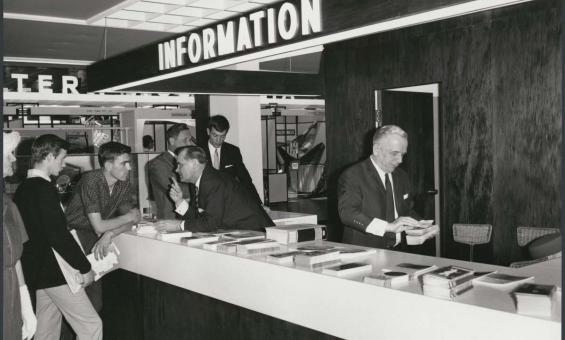
Wolfgang Sievers, Information desk at German stand, Exhibition Building, Melbourne, Victoria 1966, nla.gov.au/nla.obj-161478886
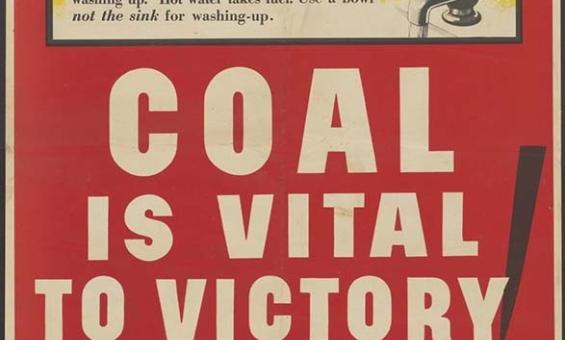
Commonwealth Coal Commission from New South Wales. Department of Health. & Commonwealth Salvage Commission (Australia). & Commonwealth Coal Commission (Australia), Coal is Vital to Victory!, from [Posters Relating to the Australian Civilian War Effort During World War 2]. nla.gov.au/nla.obj-2633341080